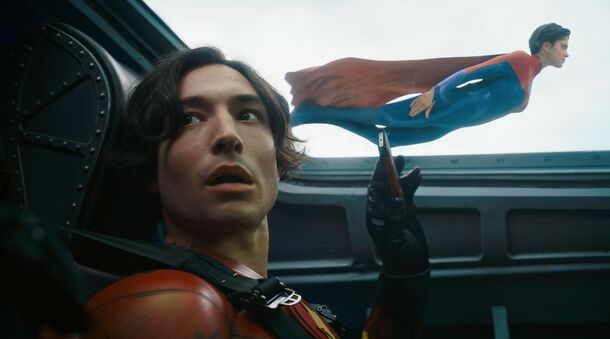Just When We Thought It Wasn't Possible, The Flash Fell Even Lower

After bombing at the box office, disappointing the fans, and receiving a major backlash for a wide variety of reasons, there seemingly is no lower low — but The Flash found it.
Oh, The Flash …
So many hopes and promises this movie broke it’s impossible to count them all, but we don’t even feel bad: the creators of The Flash kept making new ones even when it was painfully obvious they wouldn’t be able to deliver them. All the insane marketing, all the celebrity praises, all the hype were for nothing in the end.
Initially, The Flash seemingly had everything to become a great movie — but after being stuck in the production hell for almost a decade and going through numerous directors, writers, and producers, it lost the core that was supposed to be and turned from a marvelous standalone Scarlet Speedster entry into a deranged cameo mess.
“The greatest superhero movie of all time” was marketed as the biggest revelation of the year, yet when the time for early viewers to express their opinions came, their reviews could clearly be divided into two separate categories: those that cautiously explained that The Flash wasn’t that great and those that looked AI-generated.
This alone was enough to discourage many people from visiting the theaters — and as more reviews were rolling in, many fans decided they’d pass on The Flash. The long-anticipated movie turned out to be a major box office flop, and the massive problems with VFX, cast acting, plot, and morally questionable cameos didn’t help.

We honestly thought there was no new low this movie could reach at this point — but then recently, The Flash was released on streaming platforms.
The first results are nothing short of disastrous: as shown by Nielsen, Scarlet Speedster’s unfortunate standalone film racked up around 392M minutes watched in the US. This is barely the result worthy of “the best superhero movie ever” as it’s one of the lowest debuts for a DCEU film ever. What a fitting finale for The Flash’s story.
Failing on the big screen is one thing, but on the small screens? Ouch.
Source: Nielsen via X (formerly Twitter)